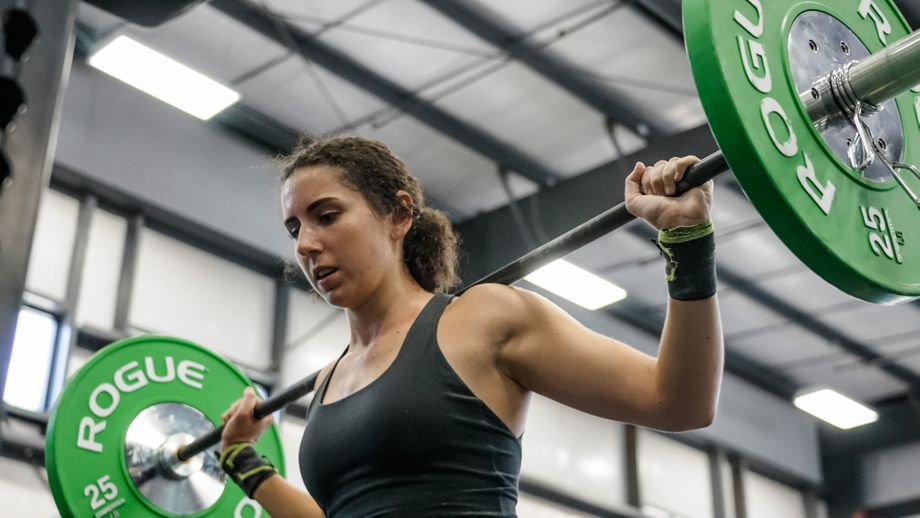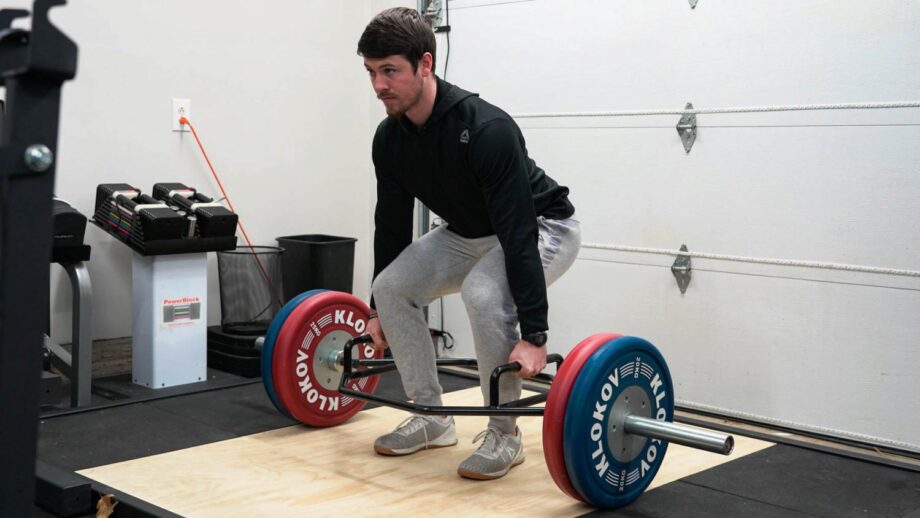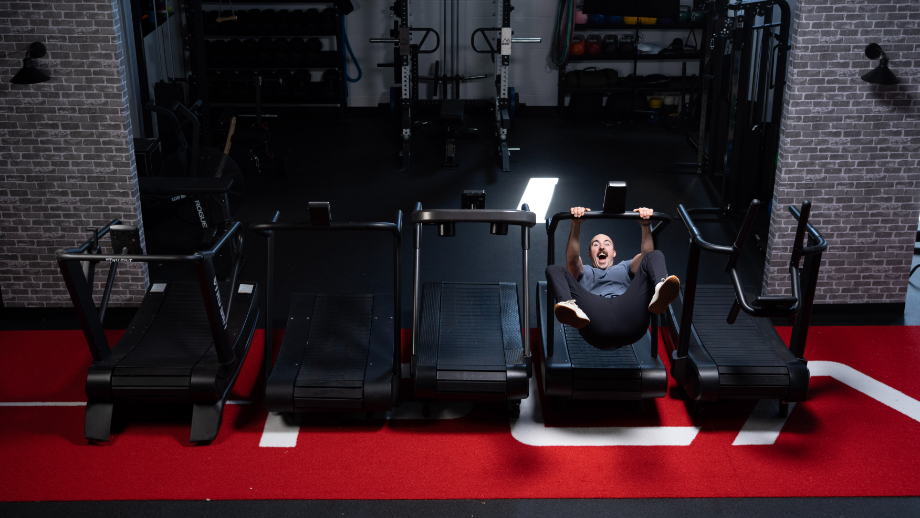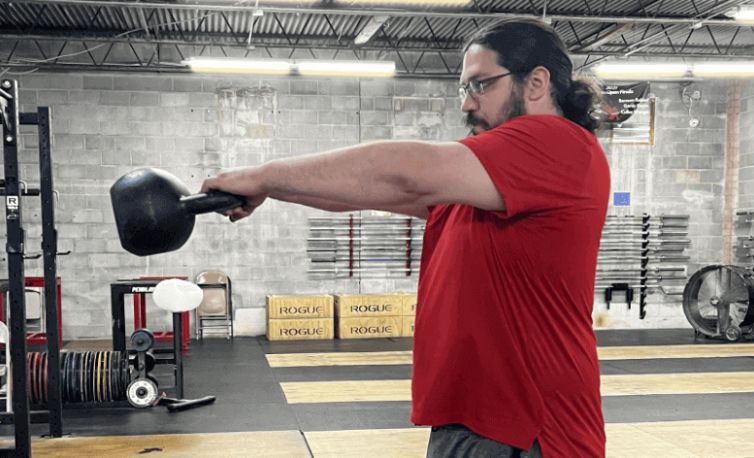So, you have finally decided to fork out for the best barbell for your home gym, and you get online to browse, and you’re overwhelmed with choices and technical jargon. Olympic lifting barbell, standard barbell, and powerlifting barbell and terms like knurling, sleeves, sleeve diameter, and knurling marks. Where do you start?
You will start right here.
This article will deep dive into how to choose a barbell that is right for you. Here, we’ll explain the barbell specs you need to know, the types of activities barbells are used for, and how this will affect your choices.
Don’t buy a barbell until you have finished this article.
Barbell Specs You Need to Know
Many things go into making a barbell due to the activities they’re used for and how much weight they can handle. Here are the barbell specs you need to know about to help make your choice easier.
RELATED: Know Your Barbell Anatomy
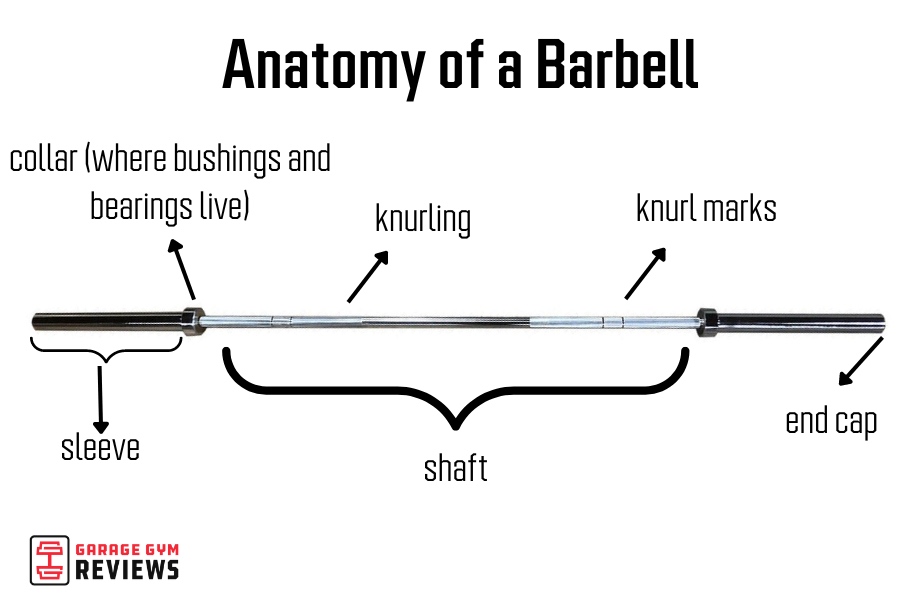
Loadable Sleeve Length
The barbell sleeves are the portion where you load the plates. They are found on the ends of the bar. Unlike the distance between sleeve to sleeve, the loadable sleeve length differs for bars of different weights, and this affects how many plates you will load on the barbell.
The 15-kilogram bar (sometimes called a “women’s bar”) typically has 12.5 inches of loadable length, and the 20-kilogram bar (also sometimes called a “men’s barbell”) has about 16.5 inches of loadable length on each side.
Shaft Diameter
The shaft is the main length of the barbell, and depending on what barbell you’re considering buying, the shaft diameter (what you grip) will vary. Generally speaking, the thinner the bar, the easier it is to grip.
Olympic lifting barbells, for example, have varying diameters based on weight. The 20-kilogram bars typically have a diameter of 28 millimeters, while the 15-kilogram barbells are 25 millimeters. Bars for deadlifting often have 27-millimeter bars, while still others are thicker and have 32 millimeter shafts or more.
Overall Length
The barbell’s length from end to end will vary between 4 to 8 feet, but 20-kilogram barbells used for powerlifting and Olympic lifting are usually 7 feet, 2 inches long. There are some exceptions with specialty bars, like the deadlift bar being 7 feet, 5 inches, and some specialty squat bars at more than 8 feet long.
In general, the overall length of the bar doesn’t particularly matter because the differences among most standard barbells are slight and most are engineered to fit most squat racks.
Bushings or Bearings
The bushings or bearings are the mechanisms inside the barbell and allow the loadable sleeves to spin. Bearings have a faster spin, while the more common bushings allow for less spin. The spin of the bar matters if you’re an Olympic weightlifter, because you want a bar with spin, or a powerlifter, who wouldn’t want or need much spin on the bar.
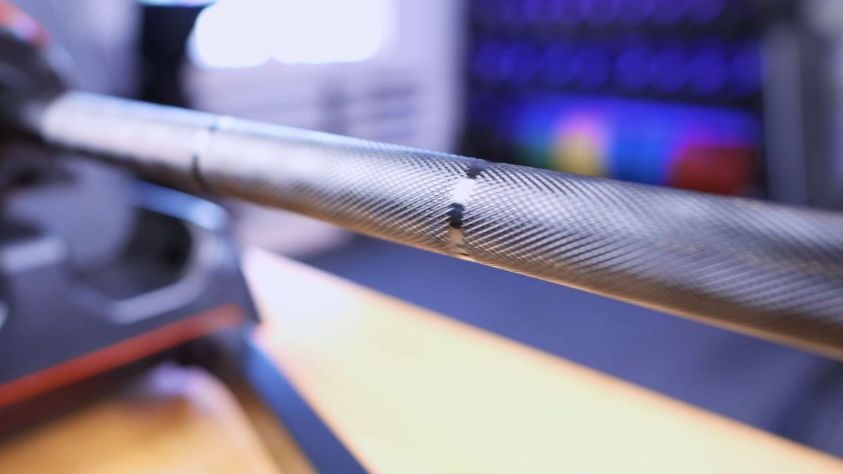
Knurl Pattern and Knurl Marks
The knurling pattern is a manufacturing process on a lathe, which creates a crosshatch pattern on the barbell shaft that allows for better grip. These patterns will vary from barbell to barbell in shape and size, and some have more aggressive knurling.
The knurling marks are smooth rings on the barbell that can help you find your grip width. There are standards for these in powerlifting and weightlifting, though non-certified bars could put these marks just about anywhere.
Tensile Strength
Tensile strength is a measure of barbell strength. It is the breaking point of the barbell that fractures or snaps and is measured in pounds per square inch (PSI). In our opinion, 165,000 PSI is the minimum to look for when purchasing a barbell, and anything over 180,000 PSI is a good barbell. It obviously pays to know the tensile strength of the barbell you are about to buy if you plan on lifting heavy weights.
Another measure of barbell strength is yield strength. This is the weight it takes to permanently bend and deform the bar. The yield strength is tested by adding weight plates to each end of the barbell.
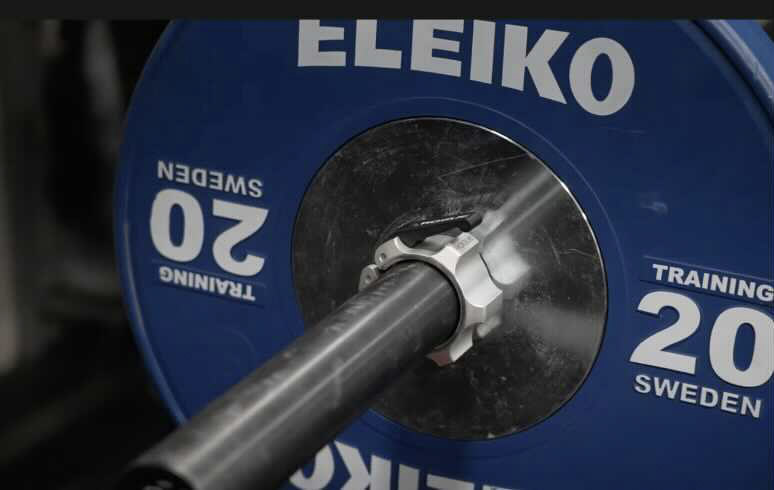
Sleeve Coating and Shaft Coating
The sleeve and shafting coating is put on the barbell to protect the bar against factors such as rust and corrosion. And, sometimes, this is done to make the bar look good. Unless you purchase a bare steel or stainless steel bar, the barbell will be coated with chrome, black oxide, zinc, or cerakote. Stainless steel is king when it comes to the ultimate in protection, and bare steel bars are most vulnerable to the elements. A quality barbell will have some sort of coating to it.
RELATED: The Ultimate Barbell Buying Guide
Types of Barbell Activities
The types of lifting you perform and the fitness goals you have will determine the bar you may want to buy. Here will go into a couple of considerations, depending on your use of the barbell.
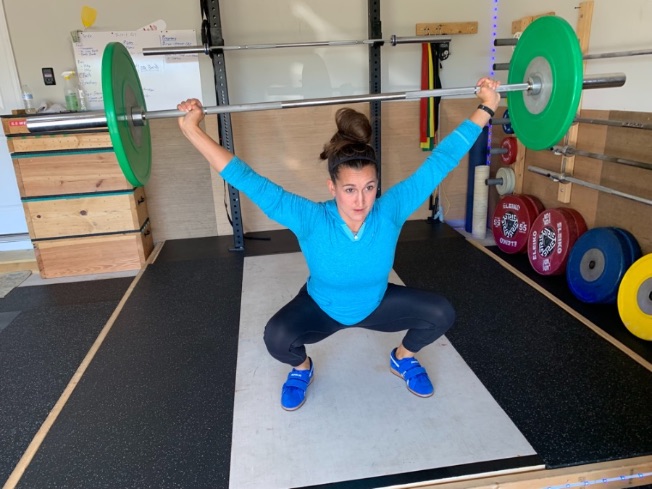
Olympic Weightlifting
The two Olympic lifts are the snatch and clean and jerk, performed to improve strength, speed, and power. These involve quick movements and usually dropping the barbell from a height, requiring a specialized barbell.
Weightlifting bars require smooth, rotating sleeves with needle bearings that allow this. The barbells designed for Olympic weightlifting are high quality and will enable you to get under the bar quickly without having to release your grip.
A bar designated for Olympic weightlifting often has knurl marks that are wider apart and is standard at either 15 kilograms or 20 kilograms. There are International Weightlifting Federation standards for these bars, and if you compete, it’s in your best interest to get a bar that meets these specifications.
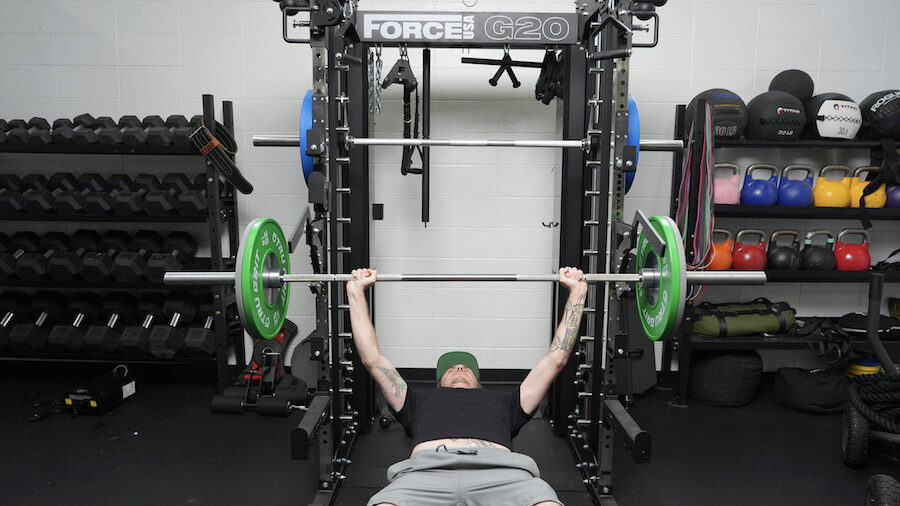
Powerlifting
Powerlifting refers to the Big Three: the barbell squat, deadlift, and bench press. Powerlifting bars need to be stiff and rigid to handle large amounts of weight. The knurling marks here are 32 inches apart instead of 36 inches on the Olympic weightlifting bar. Typically, these barbells have a center knurl that prevents the barbell from slipping on your back while performing a back squat.
In the sport of powerlifting, you might find that people use different bars for deadlifts, squats, and benching due to factors like knurling and shaft diameter.
RELATED: The Best Barbells for Powerlifting
Bodybuilding
When training for size, like with bodybuilding, you could generally use just about any barbell available as long as you know the weight of the bar. Choosing an Olympic or power bar is a matter of personal preference for the movements you’re going to perform. But in this certified personal trainer’s opinion, you’re better off going with a powerlifting-type bar because it is rigid and stable. Also, most people training for bodybuilding aren’t performing high-speed movements like a snatch or a clean, so a weightlifting-specific bar wouldn’t be necessary.
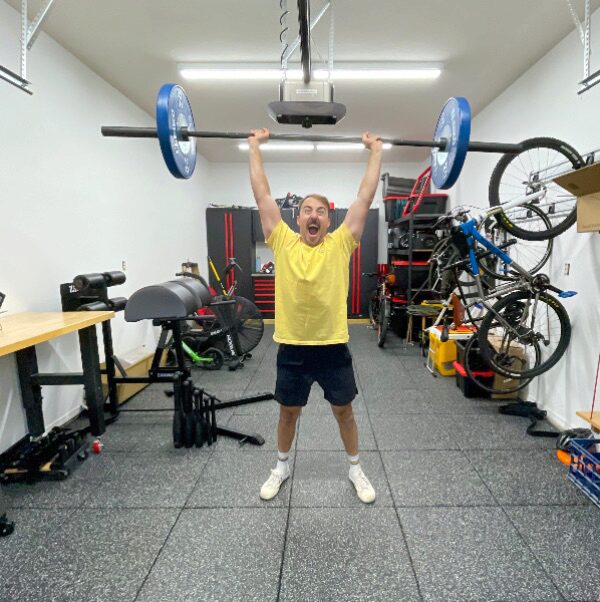
General Weight Training
This is where most people fit in. They’re not training for a sport or trying to move as much weight as possible. You want to look good, move better, and feel good.
Generally, people here are not inserted in complex movements like Olympic lifting and are better off going with a versatile, multipurpose barbell with at least 165,000 PSI.
IPF and IWF Certification: Does It Matter?
IPF stands for International Powerlifting Federation (which covers the sport of powerlifting), and the IWF stands for the International Weightlifting Federation (Olympic lifting, AKA the snatch and the clean and jerk).
Both federations require specific specs from the barbell used in competitions, so everything is uniform, and nobody has an unfair advantage. Unless you plan on competing in either, it doesn’t matter if the barbell you buy is certified by either. However, if you do compete, it’s in your best interest to find a bar that meets the specifications.
Olympic Barbell or Standard Barbell?
Before choosing between an Olympic or standard barbell, let’s get into the difference between the two. Olympic barbells have a sleeve diameter of 2 inches, while the standard barbell has a 1-inch sleeve. Olympic barbells fit Olympic-sized plates like bumper plates, which are what you most commonly see in commercial gyms and are most readily available online. Standard barbells use standard plates. So if you already have either of those size plates, go with the same barbell.
Good Olympic barbells generally carry higher weight ratings, can handle much higher weights than standard bars, and are found in most commercial gyms. Standard barbells are made from cheaper materials and typically manage a weight of between 220 to 330 pounds. If you plan to lift heavier than 330 pounds for reps and want your barbell to last longer, go with the Olympic bar.
If you don’t care about either and price point is an issue, go with the standard barbell.
How to Choose a Barbell: Final Thoughts
Before rushing out and buying any type of bar, it pays to know what exercise you’re using it for. Plus, whether you’re going to compete, what kind of weight plates you have, and how heavy you’re going to lift. Once you know those things, go with the barbell that best suits your needs, goals, and price points.
How to Choose a Barbell: Q&A
How do I know what barbell to buy?
There are a few factors that go into what barbell you should buy. What strength training will you use it for? That goes a long way in determining what barbell to buy.
One will withstand the speed and being dropped to the ground, while the other can manage heavier weight. How much money are you willing to spend, what weight plates do you already possess, and do you plan to compete in the Olympics or powerlifting? Once you know that, you are good to go.
What should be my first barbell?
If your future plans don’t include strongman, powerlifting, or Olympic lifting, then finding an affordable multipurpose barbell is your best bet. If you have low back problems, a hex trap bar is an excellent bar to buy, too.
Which barbell is best?
The right barbell for you is one you can afford and is the best fit for your goals. If you’re the proud owner of your garage gym, get the best Olympic bar you can afford with a 2-inch diameter sleeves, a diameter of 28.5-29mm, and can handle 700 pounds or more is your best bet. If you are willing to spend a little extra, Eleiko and Rogue make different types of barbells for all your lifting needs.
What is a good barbell weight?
This all depends on your fitness level. There are general guidelines that suggest that for men, this includes a barbell weight of 45 pounds (or 20 kilograms), and for women, 35 pounds (15 kilograms).


